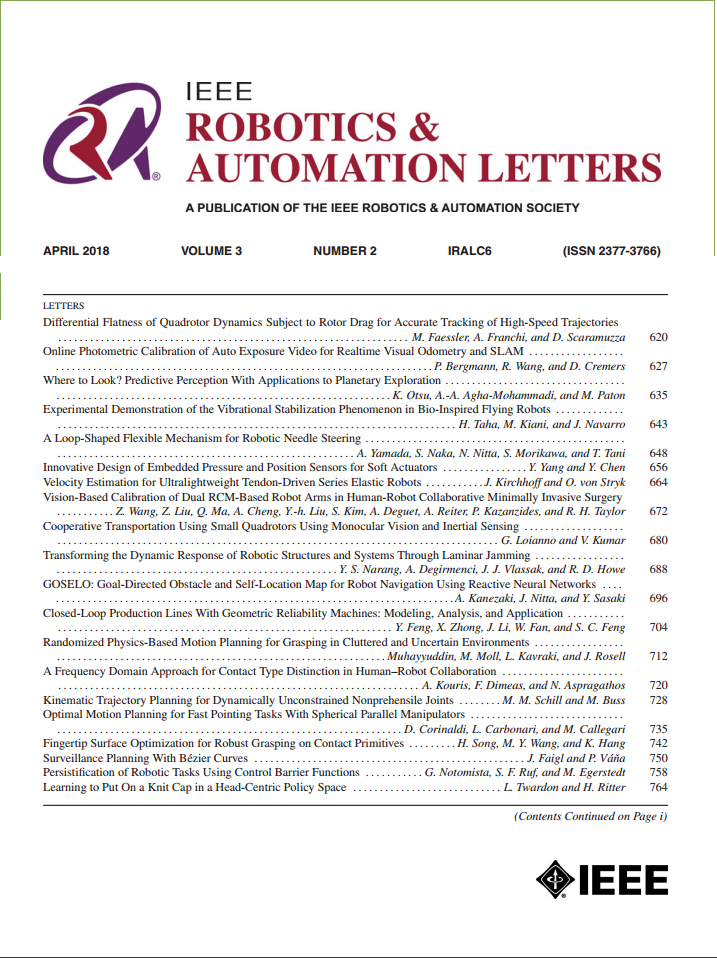Autoregressive Action Sequence Learning for Robotic Manipulation
IF 4.6
2区 计算机科学
Q2 ROBOTICS
引用次数: 0
Abstract
Designing a universal policy architecture that performs well across diverse robots and task configurations remains a key challenge. In this work, we address this by representing robot actions as sequential data and generating actions through autoregressive sequence modeling. Existing autoregressive architectures generate end-effector waypoints sequentially as word tokens in language modeling, which are limited to low-frequency control tasks. Unlike language, robot actions are heterogeneous and often include high-frequency continuous values—such as joint positions, 2D pixel coordinates, and end-effector poses—which are not easily suited for language-based modeling. Based on this insight, we extend causal transformers' single-token prediction to support predicting a variable number of tokens in a single step through our Chunking Causal Transformer (CCT). This enhancement enables robust performance across diverse tasks of various control frequencies, greater efficiency by having fewer autoregression steps, and lead to a hybrid action sequence design by mixing different types of actions and using a different chunk size for each action type. Based on CCT, we propose the Autoregressive Policy (ARP) architecture, which solves manipulation tasks by generating hybrid action sequences. We evaluate ARP across diverse robotic manipulation environments, including Push-T, ALOHA, and RLBench, and show that ARP, as a universal architecture, matches or outperforms the environment-specific state-of-the-art in all tested benchmarks, while being more efficient in computation and parameter sizes.求助全文
约1分钟内获得全文
求助全文
来源期刊

IEEE Robotics and Automation Letters
Computer Science-Computer Science Applications
CiteScore
9.60
自引率
15.40%
发文量
1428
期刊介绍:
The scope of this journal is to publish peer-reviewed articles that provide a timely and concise account of innovative research ideas and application results, reporting significant theoretical findings and application case studies in areas of robotics and automation.
 求助内容:
求助内容: 应助结果提醒方式:
应助结果提醒方式:


